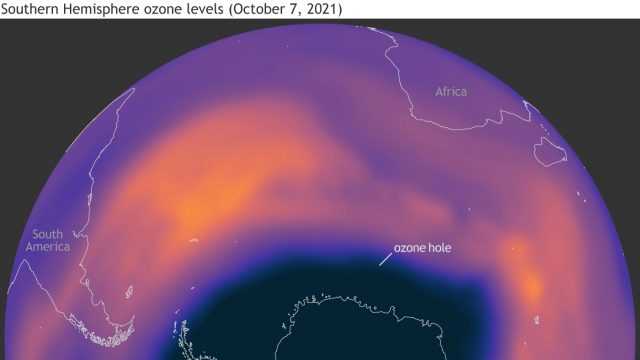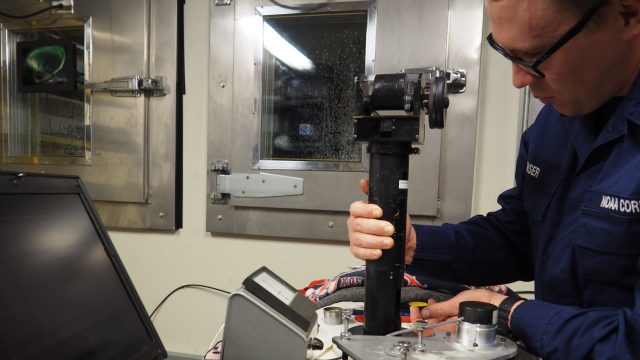By NOAA Communications The 2021 Antarctic ozone hole reached its maximum area on October 7 and ranks 13th largest since 1979, scientists from NOAA and NASA reported today. This year’s ozone hole developed similarly to last year’s: A colder-than-usual Southern Hemisphere winter led to a deep and larger-than-average hole that will likely persist into November… Read More
by Irina Petropavlovskikh, CIRES and NOAA scientist and Christine Smith, NOAA/GML Field Operations Manager Scientists and engineers at NOAA’s South Pole Observatory collect stratospheric ozone observations there all year round, but they launch ozonesonde instruments most frequently during the ozone depletion period (every September–October) to capture the rapid decline in stratospheric ozone at the South Pole. Ozone… Read More
By Patrick Cullis and Irina Petropavlovskikh, CIRES and NOAA scientists Meteorological conditions (speed of the winds, temperatures, and planetary wave activities) determine the size and year-to-year variability of ozone depletion. Because meteorological conditions this year are similar to last year, (no surprise) we’re seeing similar depletion in stratospheric ozone. It’s important to note that the… Read More
By Irina Petropavlovskikh, CIRES and NOAA scientist The beginning of October is showing low ozone values over Antarctica, including the South Pole. This rapid ozone depletion has been ongoing through September, as seen in the time plots for total ozone and stratospheric ozone columns from ozonesonde records at the South Pole. Stratospheric temperatures are still… Read More


